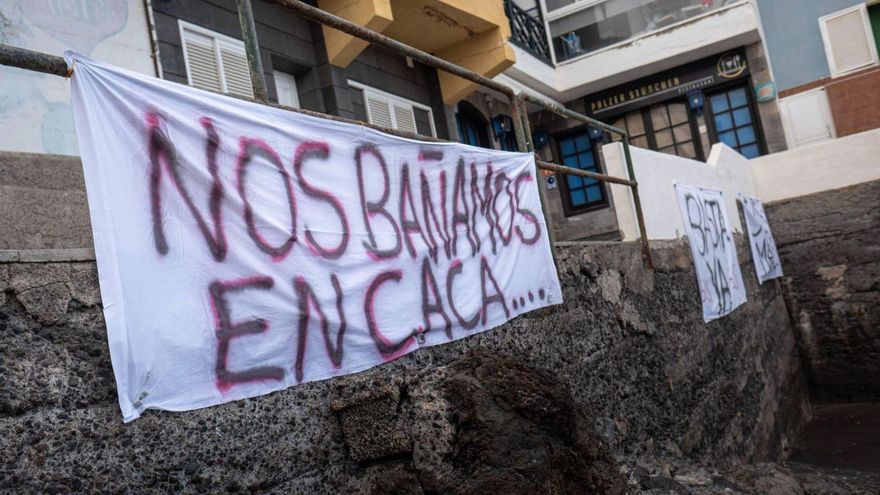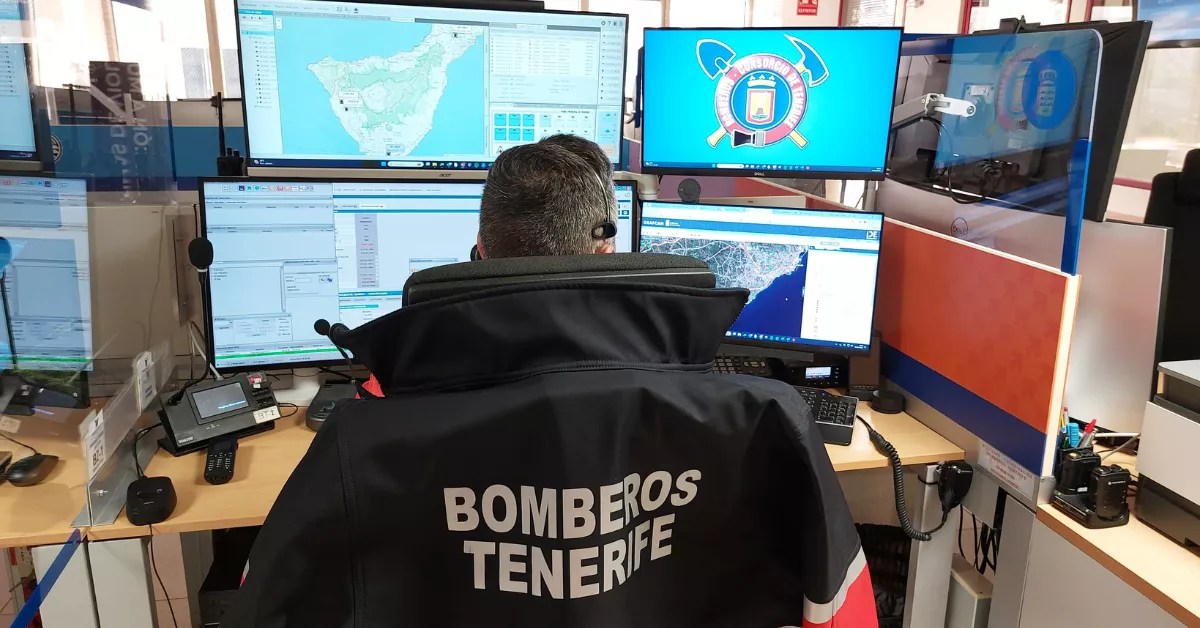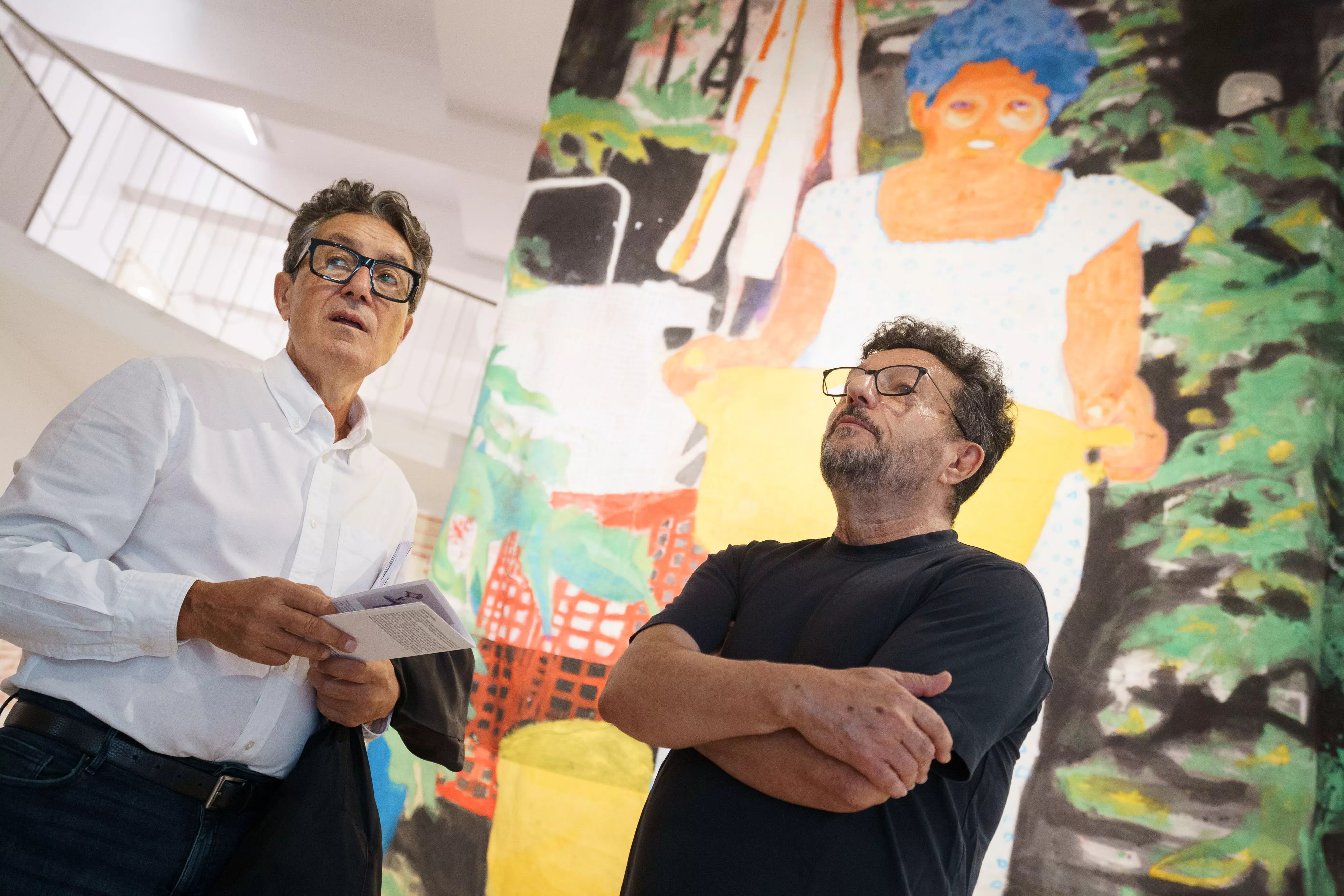
Public authorities are hastening efforts to resolve one of the most significant environmental calamities in the history of Tenerife: the closure of Playa Jardín in Puerto de la Cruz due to sewer discharges, which has now persisted for **171 days**. The Town Hall of this tourist city announced yesterday an emergency investment of 8 million euros aimed at a number of actions to put an end to this troubling episode of pollution caused by years of neglect concerning the infrastructure of the sanitation network, particularly in Puerto de la Cruz and throughout the La Orotava Valley.
This announcement follows closely on the heels of the Cabildo of Tenerife and the Government of the Canary Islands’ report on the “unblocking” of two critical initiatives intended to tackle the long-standing pollution issue that necessitated the closure of the main bathing area in the resort on July 3 in the **tourist municipality of Puerto de la Cruz**. These initiatives include the expansion of the Punta Brava treatment facility and the refurbishment of the underwater outfall for this same facility, which is situated in close proximity to Playa Jardín. The appalling conditions of the outfall and numerous delays in its enhancement are responsible for the residual discharges that have led to a ban on swimming in this section of the coastal area, a restriction that remains in force six months later due to persistently high levels of bacteria related to sewage.
The actions declared by the Portuense Government, which will be funded by the aforementioned eight million euros, involve establishing a new sewage system for the entire Punta Brava neighbourhood adjacent to Playa Jardín; modifications to the **downspouts of La Vera and Las Adelfas** to minimise the volume of water reaching the Playa Chica pumping station. This aims to significantly reduce illegal discharges, directing the treated flows straight to the Punta Brava treatment plant. Additionally, enhancements and legalisation of pumping stations and spillways across the municipality will be implemented. As noted by the mayor of Porto, Leopoldo Afonso, “the pumping stations lack authorisation, which could result in illegal discharges to the coast, and some are even in a substandard physical condition, necessitating their renewal and compliance with legal regulations.”
The most impactful measure is the new sanitation network for Punta Brava. Approximately **125 of the 450 homes in the coastal neighbourhood** do not have connections to the municipal sewage system in Puerto de la Cruz, translating to three out of ten homes. Some of these houses are unoccupied, thus not generating waste. However, occupied residences without connections discharge wastewater into cesspools or directly into the ocean without treatment, which has been identified as a contributing factor to the discharges, along with the deplorable state of the treatment plant and its outfall situated within the same locality.
Punta Brava will benefit from a new sewage collection network that will replace outdated concrete and cast iron pipes with materials that are more robust and **resistant to marine corrosion**. While announcements of solutions continue, many of which are complex and will take time, Playa Jardín remains inaccessible for bathing due to ongoing pollution.















